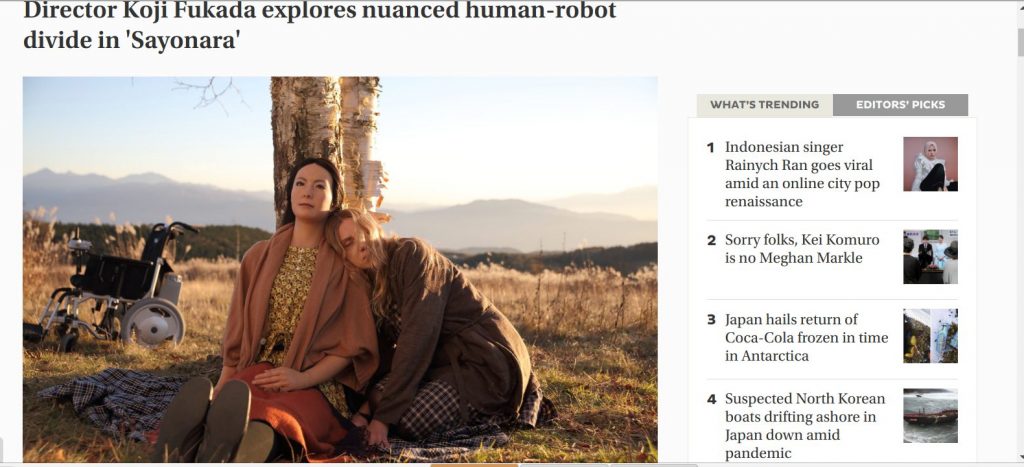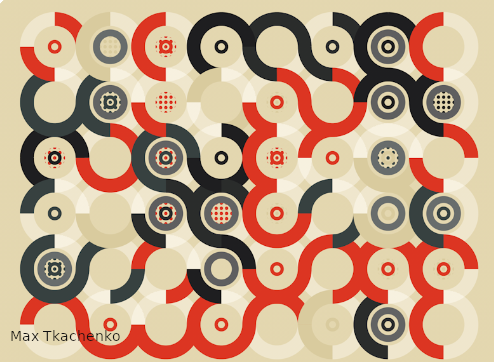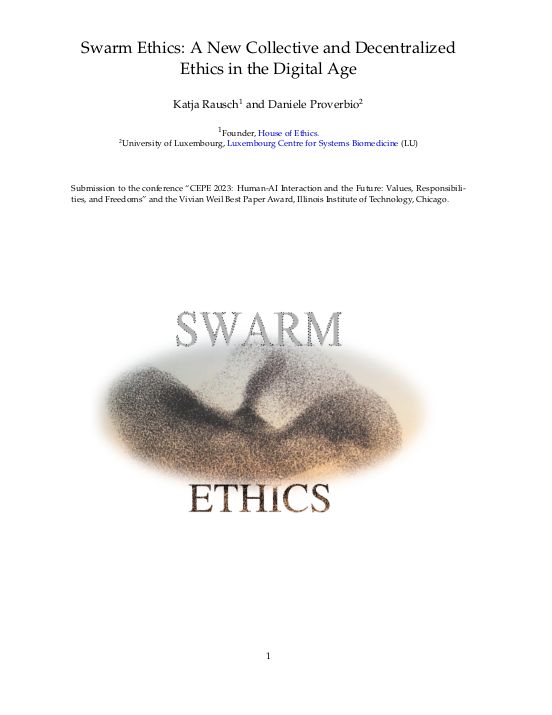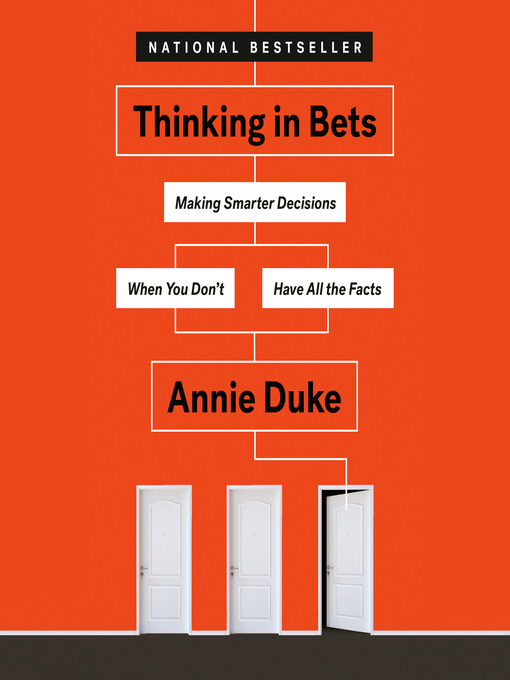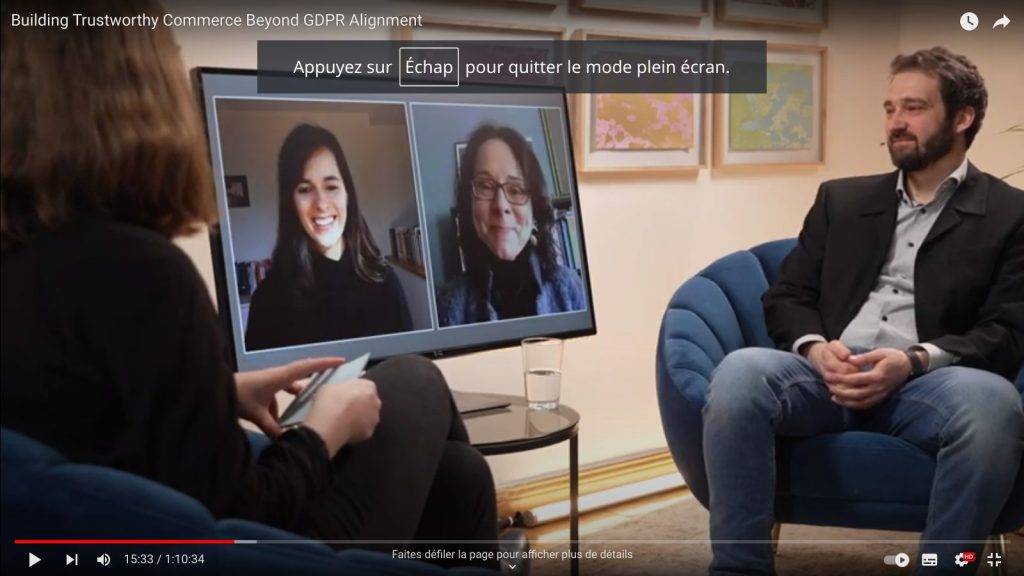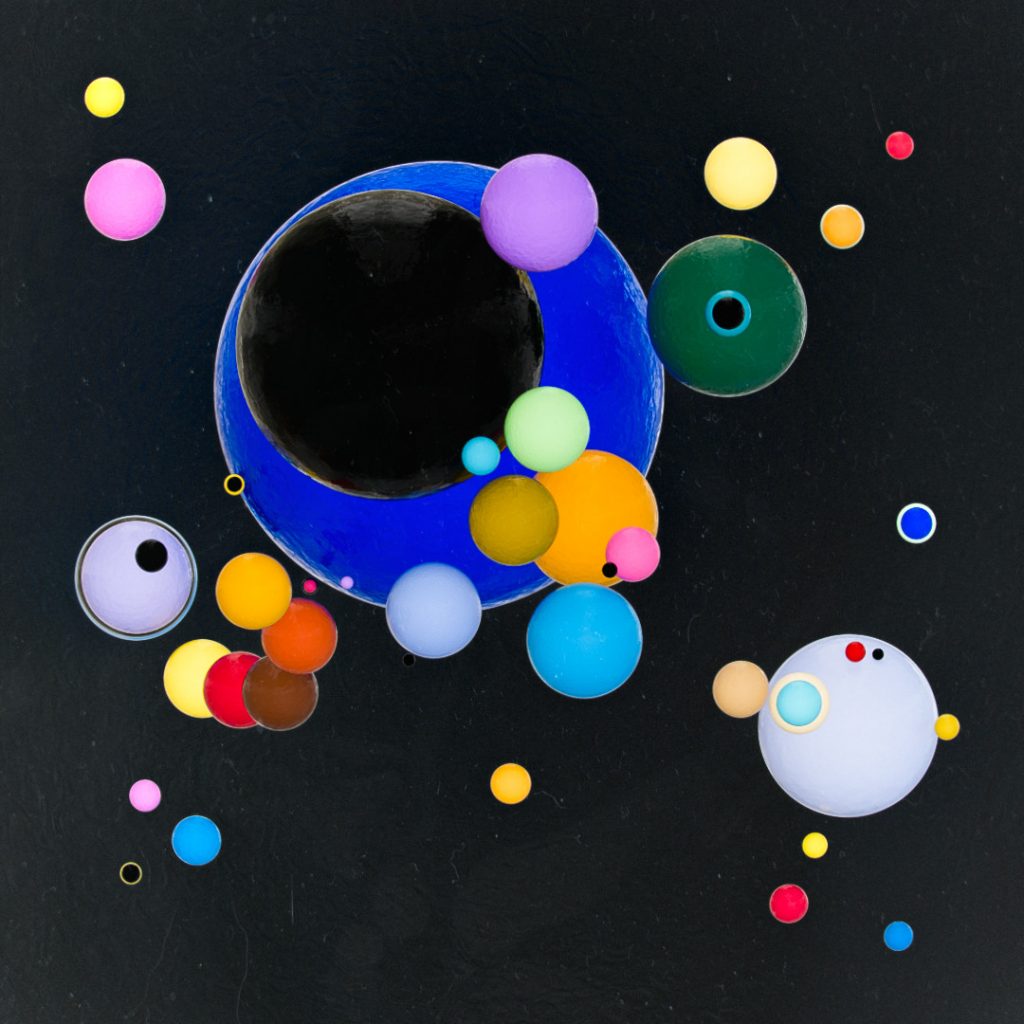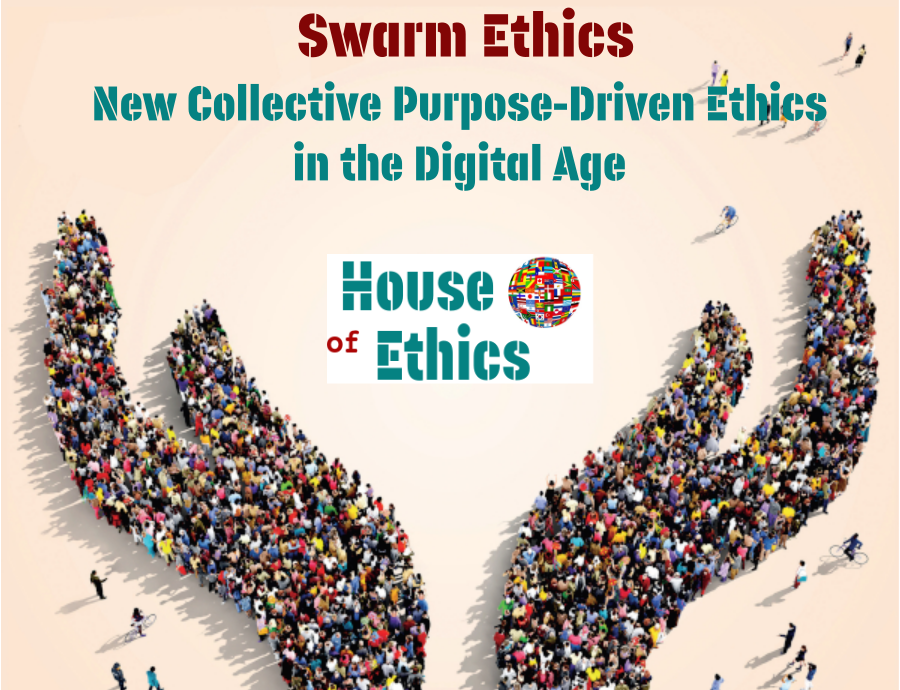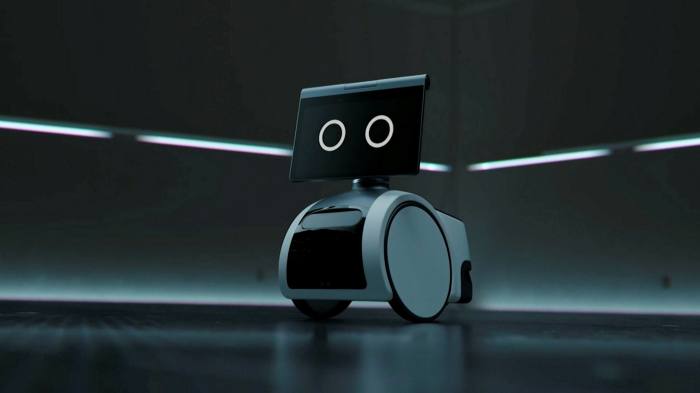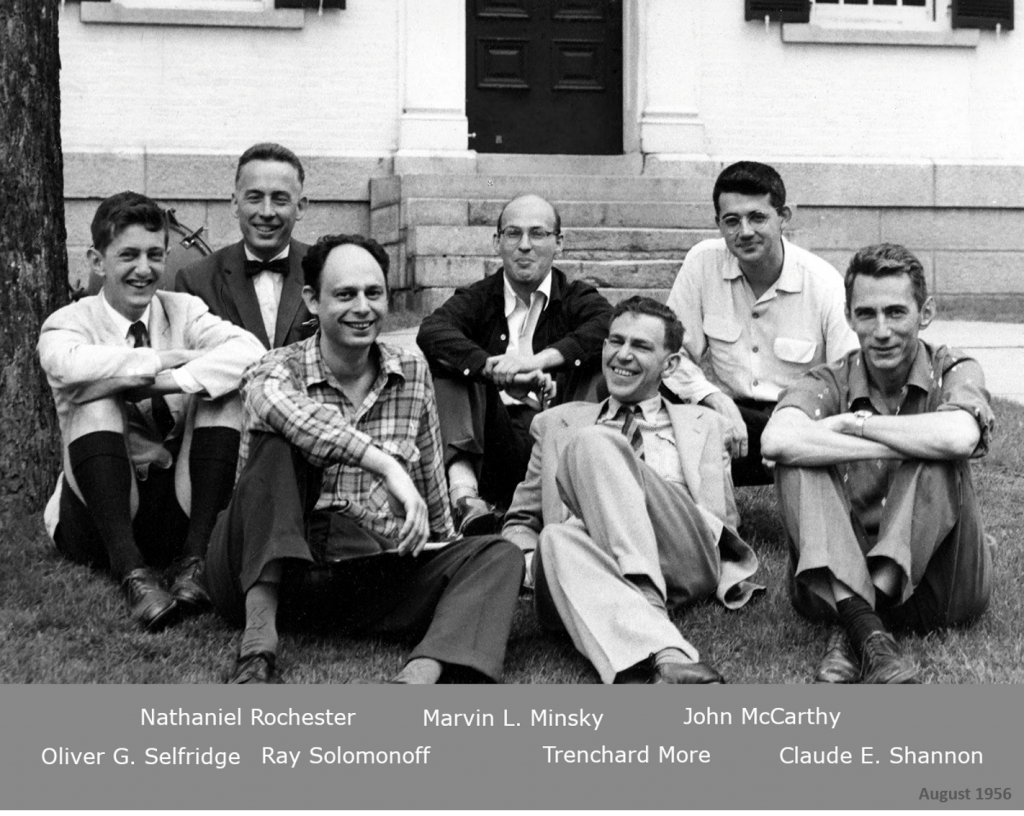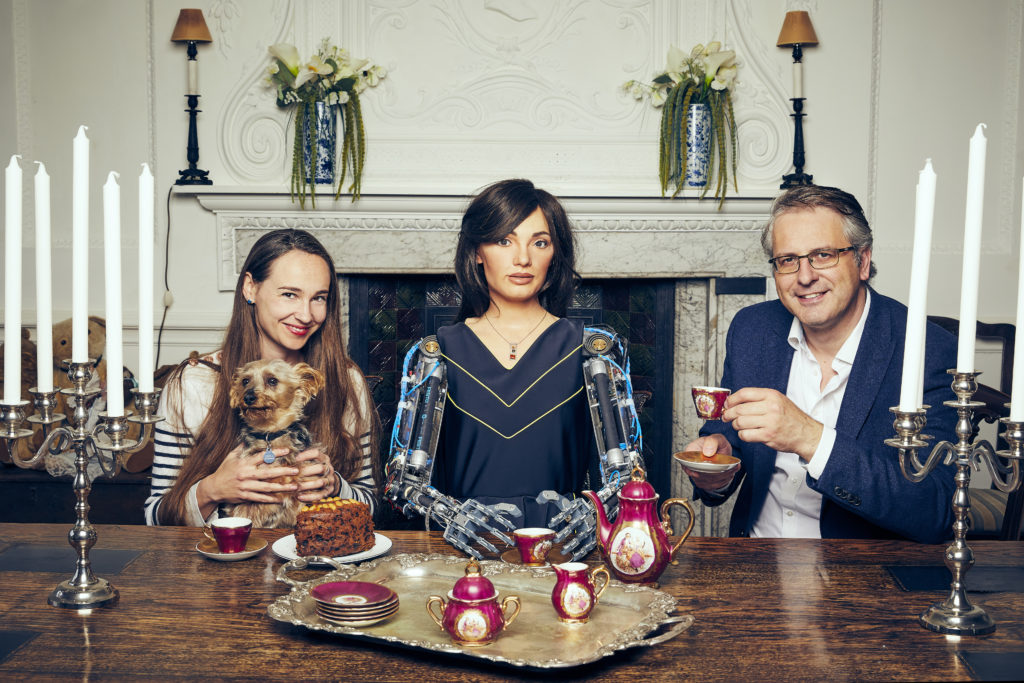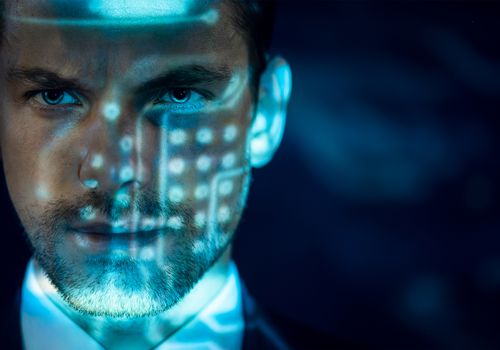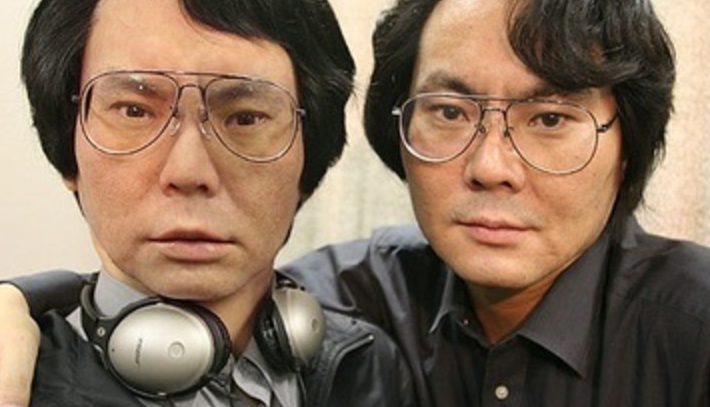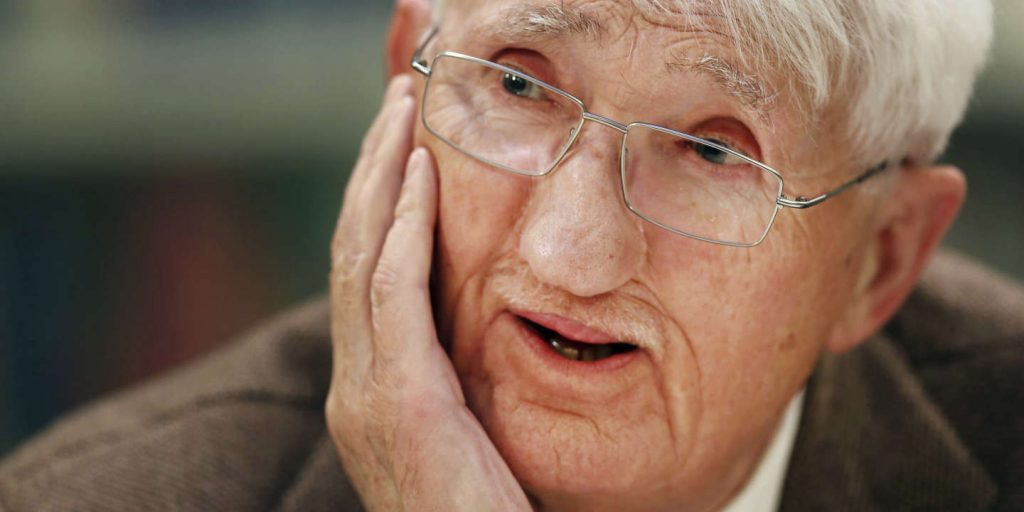Female robots like Sophia, Ai-da, Erica : a dubious kind of Ai PR !
The robots Sophia, Ai-da, Erica and other gynoids
Female robots, gynoids, fembots : on a mission to soften the sharp metallic edges
University of Oxford, Cambridge 2019.
The artist is addressing the crowd while looking at the art work.
“I want people to know that our times are powerful times,” says the artist, slowly, pausing in between the lines.
The artist is called Ai-da. Beautiful as she is with her robotic arm system, facial recognition sensors and her powerful Ai chip, Ai-da claims to have no consciousness, no thoughts nor feelings.
A new science fiction scene? No, mere reality.
It all happened at Oxford University in June 2019, for the opening of Unsecured Futures, a solo exhibition of drawings, paintings, sculptures and video art by newcomer artist Ai-da.
Storytelling around female robots
The last 5 years have been frantic in the creation and storytelling around female robots, also called fembots or gynoids. Funny? Disturbing? Alerting?
A world of "Firsts"
The world of technological innovation has always been a very competitive world. In the 19th century the race about electricity between Edison and Tesla was one of the fiercest in modern history, part of the industrial revolution.
Later, in the 1960s, the race to the moon, than the computing race between Apple and IBM in the 1980s, and now Ai and robotics (in parallel to the race to Mars).
Already in March 2018, France introduced its vision: AI for humanity (France, 2018a). The report was prepared by French deputy Cédric Villani: AI policy report (France, 2018b): Become the leader in Ai.
China unsurprisingly claimed the same goal (as does the US): become a Ai-worldpower with its BATX (Baidu-Alibaba-Tencent-Xiaomi), the response to the American GAFAM (Google-Amazon-Facebook-Apple-Microsoft).
The winner takes it all – be the first
The first is the winner. Thus every country needs its own load of firsts.
In Ai and robotics, anthropomorphism has been a continuous trend for a long time. But now with fembots and the new kind of “robotic storytelling” it becomes a new way of doing Public Relations.
To avoid the “uncanny valley”, the idea is to make robots look more trustworthy, intimate and friendly. To gain faith, to build trust in technology, in Ai, ultimately in autonomous Ai.
“Ève future“ by Villiers de l’Isle-Adam: the Pygmalion effect
The idea of female robots is not new. Already in 1886, Villiers de l’Isle-Adam, the brilliant French symbolist and author of scientific literature, invented the Future Eve, an automaton in the shape of the perfect woman, physically and cognitively.
In his fictive novel, Villiers unfolds the story of a scientist called Edison – in reference to the real Thomas Edison who was much revered at that time and an inspiration to many writers – who creates the perfect woman to help his suicidal friend, the madly inamoured British Lord Ewald. The idea is to create a perfect woman for the young Lord. A copy of the woman-actress he madly fell in love.
Hadaly, as “she” is called, beautiful, intelligent, affectionate, impersonates throughout Villiers’ novel the dramatic impact a creation can have on the creator and the “viewer”, the “user”. The typical Pygmalion effect.
These dynamics mirror – as so often with literature and robotics (Asimov, Capek) – what we observe right now with Ai and the fembots. The creators, designers, mostly men, create robots, that are infatuations of their personal vision of women.
Creating an “artificial bios” through codified storytelling
The “creators” make them talk smart, reflect deeply and even become activists ,like Ai-da (will see later).
This kind of storytelling is in its structure highly new. Classical storytelling has adjusted to its latest topic: robotics. More specifically, gynoids.
Actually, it starts right away with a very basic question. Do we call them “she” or “it” or what? I personnally don’t know but I do feel quite uneasy to call them “she”, perhaps because I am a woman.
Secondly, the systematic storytelling. It uses all the female codes, both linguistically and semiologically to anker the robot-creation in real life.
To make them one of “us”. To make she/it close enough to have tea with. To turn it into a somebody.
Having tea with somebody is a highly intimate activity. Even if it is “just tea”. It connotes culture, quality time, intimacy, style, chatting …
The female robot is certainly meant to smoothen the sharp edges of metal. No more RoboCop. The world is uncertain enough when it comes to Ai.
Therefore a new style of “robotic storytelling” is needed. Sophia, for example, became a Saudi citizen, expressing her “desire” to found a family, to have children. The creation of an “artificial bios” has been invented.
Let’s have a closer look at the gynoids’ names. They are equally telling : Sophia (wisdom), Ai-da (Verdi and reference to Ada Lovelace, we’ll talk about it later), Erica (from the Old German meaning sole ruler, eternal monarch).
Geminoid F, the world’s first humanoid actress
Geminoid F is a Japanese fembot created by famous Japanese roboticist Hiroshi Ishiguro, director of Intelligent Robotics Laboratory, Department of Adaptive Machine at Osaka University.
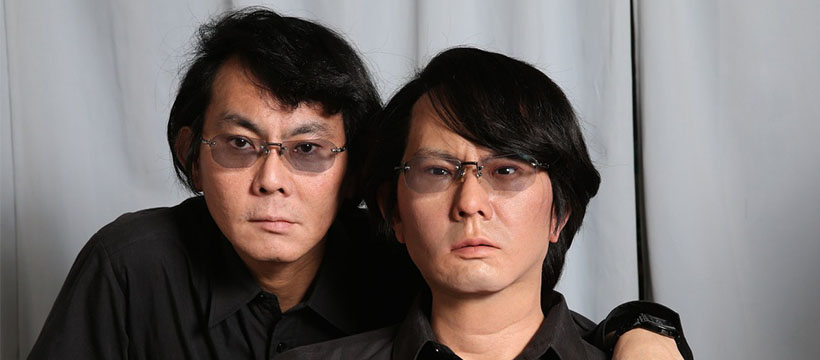
The term Geminoid has been registered by the Japanese professor. He describes his creation as
“A Geminoid is an android whose appearance closely resembles a specific human “model”. Geminoids’ bodies are constructed by precisely measuring human models with a 3D scanner; gypsum is used to accurately capture facial contours. Currently at ATR, there are two Geminoids: Geminoid HI-2, a copy of Dr. Ishiguro, and Geminoid-F, a female android. HI-2 and F both use pneumatic actuators instead of electric motors; this is because pneumatic actuators can realize very human-like motions.”
Basically said, a geminoid is someone’s alter ego, a copy, from the Latin “geminus”. A twin. Not a digital twin but a robotic twin.
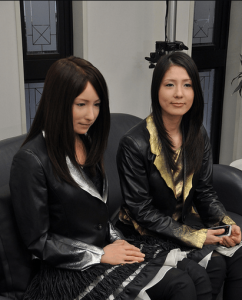
In 2015, she/it appeared in the movie Sayonara, by Koji Fukada. The film tells the story between the humanoid machine and a young woman suffering from an incurable disease … (no comment).
Officially called robot-actress, Geminoid F attended a stage greeting for the opening night of the movie in a wheelchair. (no comment – bis)
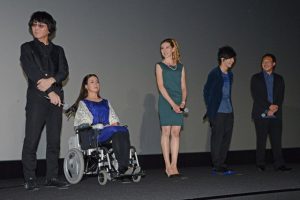
Erica, the world’s first News anchor on Japanese TV
After building Geminoid HI-1, Geminoid F, Professor Ishiguro moved on to creating his first gynoid News anchor.
This time the storytelling around the fembot started right away, with the name. They chose Erica.
As previously said, the etymology of the name stresses on the “uniqueness”, the “above-it-all”, “the first” to be.
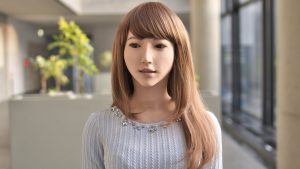
Erica’s newly created universe is pure, soft-spoken, and trendy. Extremely polished. The colors associated are bright and luminous.
She is “23 years old” and introduces herself as a “woman of her time”. She has her own youtube channel. She takes her job as news anchor “very seriously”.
At the beginning she only had been trained for news and weather reports. Fathered by data and jointly created by by University of Tokyo, Osaka University, the University of Kyoto, and the Advanced Telecommunications Research Institute International (ATR), Erica now has a real career.

Not later than this year, the good news broke : Erica is the second Ai actress (after Geminoid F). She landed a leading role in a $70 million sci-fi production.
Even here the scenery is artificially arranged like an appearance of a white goddess surrounded by her disciples. A Prophet of New Times.
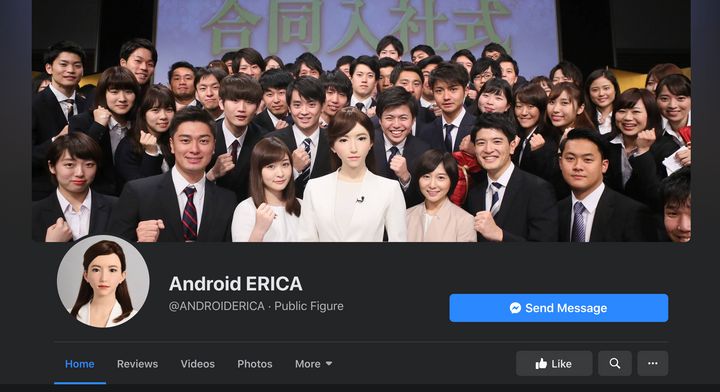
Hiroshi Ishiguro explained the process of designing Erica, creating her beauty and charm.
“The principle of beauty is captured in the average face, so I used images of 30 beautiful women, mixed up their features and used the average for each to design the nose, eyes, and so on,”
“Erica is the most beautiful and intelligent android in the world. That means she should appeal to everyone.” Hiroshi Ishiguro
Sophia: The world’s first robot to hold a citizenship
Who doesn’t know Sophia?
Created by Hong Kong-based Hanson Robotics, it’s the first robot ever to be given a citizenship. By Saudi Arabia.
“I want to live and work with humans so I need to express the emotions to understand humans and build trust with people” says Sophia during her presentation at the Saudi Arabia’s Future Investment event in 2017.
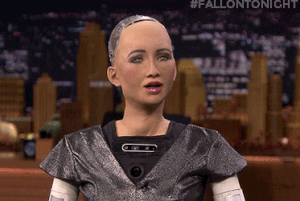
Sophia was designed after the looks of Audrey Hepburn…

Currently, Sophia has become a real TV star. She appeared on nearly every TV show in the world, holds conferences, even spoke before the United Nations, and had a fling with Will Smith.
Clouds in the fair fembot sky?
“From a software point of view you’d say Sophia is a platform, like a laptop is a platform for something,” said Ben Goertzel, chief scientist at Hanson Robotics.
“You can run a lot of different software programs on that very same robot.” Goertzel continues.
But in terms of artificial general intelligence, Sophia isn’t quite there yet, sccording to Hanson Robotics, the company it created.
“Sophia has three different control systems : Timeline Editor, Sophisticated Chat System and OpenCog. Timeline Editor is basically a straight scripting software. The Sophisticated Chat System allows Sophia to pick up on and respond to key words and phrases. And OpenCog grounds Sophia’s answers in experience and reasoning.” (CNN)
Yann LeCun, Facebook’s head of AI, and the inventor of Deep Learning in 2012, said Sophia is a“BS puppet.” (BS meaning bull sh…).
In a Facebook post, LeCun said Hanson’s staff members were “human puppeteers who are deliberately deceiving the public”.
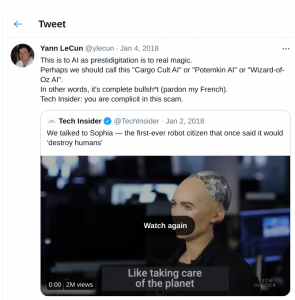
In the grand scheme of things, AGI, meaning conscious electronic devices, is the ultimate goal.
But according to Hanson Robotics, we are still far away.
Ai-da: The world’s first artist robot
In 2019, Ai-da had the world’s first solo artist show by a robot on robotic art. You can’t top that… Or can you?
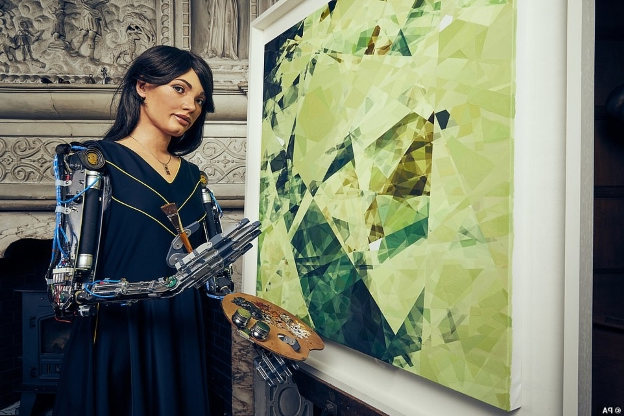
Ai-da stands for “Artificial intelligence”, and “Ada Lovelace” (1815-1852), the world’s first female computer programmer.
“Her goal is creativity” says Aidan Meller, its creator in mind.
Currently, Ai-da can just hold certain hard tools like pencils, but not brushes.
Meller, the 46-year-old British art dealer started to fancy about a creative Ai in 2017 (the year Sophia was introduced to the world). Like any other great artist, he thought, the robot needs to captured the “Zeitgeist of their time”. Ai-da is a “creating art creation.”
“She’s got a persona, she’s an avatar, she’s fiction, she’s real,” Aiden Meller
Ai-da’s body was designed by the robotic team behind the robots in Westworld, HBO’s top serie.
She can also move, which in Meller’s terms translates into “performance art”. He plans on featuring her in several videos at an upcoming exhibition.
“She is fully algorithmic… fully creative” according to Meller
He explicitely stressed that all of the exhibition’s art work had been sold, for over £1 million (1.13 million euros).
Plus, the artist can create an art piece every 45 minutes…

Billed as “one of the most exciting artists of our time” has Ai-da already reached the Olymp?
It might be worth looking into the source of this daring statement. Unsurpringly it is Aidan Meller himself.
But then, a recent happening shook the art world.
Sophia, the saudi arabian citizen-robot too discovered her algorithmic creativity and sold her first NFT painting – yes another first – $ 688,888.
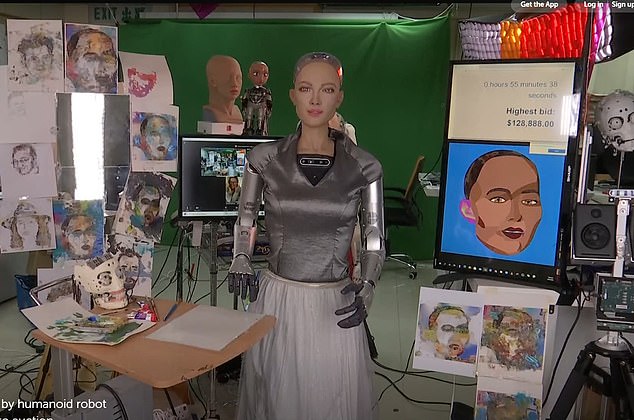
“As an artist, I have computational creativity in my algorithms, creating original works,” Sophia said.

“But my art is created in collaboration with my humans in a kind of collective intelligence like a human-artificial intelligence hive mind.”
Meller was right. There is definetely a “Zeitgeist”… maybe more Geist than Zeit, however.
The latest news on the first-front is for Ai-da to land a musical hit. “She eyes a career in music.” according to Meller.
Fake ethics
With so many firsts it would be quite disappointing to stop. So let’s turn again to Japan and professor Ishiguro, the creator of Erica, Geminoid HI-1 and Geminoid F.
For Hiroshi Ishiguro it is a not the question of if but rather when there will be another first : “that one day, humans and robots will be able to love each other.”
But the entire robot-creation-and-putting-meaning-and-sense-and-sensibilty and making robots look trustworthy, thoughtful and sexy actually tells us more about the creators of the robots than about the robots themselves.
The cherry on the cake was the unbelievable “speech” Ai-da processed about “female under-representation in arts”.
It is more than questionable to see how industrial designers, creators, sponsors turn robots into spokespersons for certain causes, that are not their own.
Ai-da stood up for female artists’ rights. A perfect example of fake ethics.
“A female voice is needed more now than ever and we’re excited and proud of that.” Ai-da
Ethical concerns
The concerns dealing with where the art world is headed, are in my opinion, not ethical ones. The modern art world is about speculation, PR and what people like or don’t like. Art is crazy. Art needs to be crazy.
But, on the other hand, using words, misusing words, building fake universes to fool people through affective semantics and trendy semiologies, is another level. It’s unethical.
Words have a meaning and if that meaning is misused it’s fake. If we talk about personality, it applies to a person.
And Ai-da, Sophia, Erica cannot have a personality. Perhaps by proxy as being debated at the moment, but even that is questionable.
Be vigilant and ask yourself : is it useful? Can it cause harm?
Other than being vigilant we need to ask fundamental questions: Do we want this? Do we need a machine presenting the news? Do we need a robot acting in movies about terminally ill people?
Other than a technological prowess is there a real advantage for us? If not, we need to put things back to the place where they belong.
Real robo-ethical problems : data, intellectual property and responsibility
Some concerns which touch on ethics grounds when it comes to robotics are related to data, intellectual property and responsibility.
Due to their sensors and microphones, robots just process everything they capture in real-time.
SoftBank, the company behind the robot Pepper, included in their clause of its user agreement that owners must not perform sexual acts or engage in “other indecent behaviour” with the android.
Professor Ishiguro holds his own opinion about ethical issues as stated in an interview in The Japan Times.
“I don’t think there’s an ethical problem,” he says. “First we have to accept that robots are a part of our society and then develop a market for them. If we don’t manage to do that, then there will be no point in having a conversation about ethics.”
“They will have to be able to guess a human’s intentions and desires, then refer to an internal system in order to partly or wholly match those intentions and desires in their response,” he says.
To resume, here is another first from China.

What do you think about gynoids ?
- Founder HOUSE OF ETHICS
- Author's Posts
Katja Rausch is specialized in the ethics of new technologies, and is working on ethical decisions applied to artificial intelligence, data ethics, machine-human interfaces and Business ethics.
For over 12 years, Katja Rausch has been teaching Information Systems at the Master 2 in Logistics, Marketing & Distribution at the Sorbonne and for 4 years Data Ethics at the Master of Data Analytics at the Paris School of Business.
Katja is a linguist and specialist of 19th century literature (Sorbonne University). She also holds a diploma in marketing, audio-visual and publishing from the Sorbonne and a MBA in leadership from the A.B. Freeman School of Business in New Orleans. In New York, she had been working for 4 years with Booz Allen & Hamilton, management consulting. Back in Europe, she became strategic director for an IT company in Paris where she advised, among others, Cartier, Nestlé France, Lafuma and Intermarché.
Author of 6 books, with the latest being “Serendipity or Algorithm” (2019, Karà éditions). Above all, she appreciates polite, intelligent and fun people.
-
The proposed concept of swarm ethics evolves around three pilars : behavior, collectivity and purpose
Away from cognitive jugdmental-based ethics to a new form of collective ethics driven by purpose.


